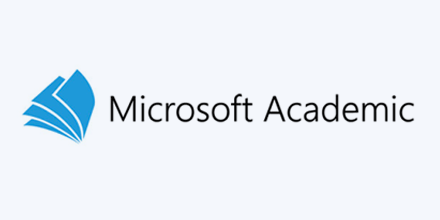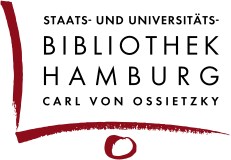The journal
The Journal of New Sciences editorial committee agrees to provide authors and scientific editors with all necessary information concerning the writing, evaluation and editing of articles.
It remains autonomous in terms of its editorial policy, in order to prevent any conflicts of interest, whether they are of a scientific or financial nature.
It undertakes and agrees to improve the scientific quality of the journal, in order to ensure that research findings and information are published related to rural development and sustainable environment management in hot countries.
Academic quality of publications
The Journal of New Sciences guarantees the academic quality of its publications.
It is under the scientific patronage of the Belgian Royal Academy for Overseas Sciences (RAOS: www.kaowarsom.be).
Journal of New Sciences has signed an agreement with the Regional Post-Graduate Training School of Integrated Management of Tropical Forests and Lands (ERAIFT: www.eraift-rdc.org).
Articles published in Journal of New Sciences are recognised by the African and Malagasy Council for Higher Education for the promotion and advancement of lecturers and researchers (CAMES: www.lecames.org).
The reading committee is composed of members of various Belgian and international institutions.
Authors
The principal author is the corresponding author. In order to avoid receiving complaints from co-authors who were not consulted when a manuscript was submitted for editing, each co-author receives a copy of the acknowledgement of receipt. Only co-authors who express their written disagreement will not appear in the final version of the article published in Journal of New Sciences.
When an article is submitted, the author and co-authors certify their contribution to the conduct of tests, interpretation of results or editing of the manuscript.
Manuscripts must be previously unpublished and must not have been simultaneously submitted for publication in another scientific journal.
The instructions for authors are available on the journal's website and updated when required.
The editorial committee evaluates the quality, relevance of the manuscript and plagiarism before appointing scientific editors.
The editorial committee reserves the right to reject any article that fails to meet the journal's requirements.
The editorial office may advise authors on how to improve their manuscripts. If they so wish, it may also put the scientific editors in touch with the authors whose manuscripts they are evaluating.
If an article is rejected or changes are requested, the reasons are sent to the corresponding author.
Authors must propose three internationally renowned scientific editors when the article is submitted.
The selection of one or more scientific editors remains the responsibility of the editorial committee.
Falsification of data and fraud
The Journal of New Sciences reserves the right to obtain information concerning any misconduct by the authors. It may consult project managers or doctoral thesis supervisors, in order to determine whether the appropriate methodology was used during the tests and if the results submitted as part of the manuscript are relevant.
If it is revealed that the author has falsified or provided biased data, Journal of New Sciences will not publish his articles, even if he is the co-author. The journal will ask the author to state the reason for his attempted fraud and reserves the right to take court action against him.
If an article has been published, which contains biased data or errors, an erratum will be published in a subsequent edition, in order to inform the reviewers.
Reviewers
The Journal of New Sciences reading committee is composed of voluntary reviewers who are members of the international scientific community and specialised in all fields linked to rural development and sustainable environment management in other countries.
The scientific editors sign a charter, which specifies their commitment with regard to the evaluation of the Journal of New Sciences manuscripts submitted to them. They are invited to help by providing useful advice and proofreading the modified version, if necessary.
In order to avoid any conflict of interest, the authors remain anonymous to the reviewers.
Publishing costs
The basic amount paid by authors as a contribution to publishing costs is indicated in the instructions for authors.
In order to avoid any conflicts of interest, the Journal of New Sciences journal does not accept any payments from sponsors, in return for publishing articles, which are of poor quality or not relevant to the fields covered by the journal.
Conflicts of interest
The Journal of New Sciences journal reserves the right to require authors to indicate who sponsored their research, in order to avoid any conflict of interest with regard to the source of funding or affiliation of the author.
The editorial committee ensures that articles are not sent for evaluation to reviewers who helped write them or funded the research.
The authors may mention these organisations in their acknowledgements.
Criticisms, complaints and feedback
The editorial committee considers any criticisms and complaints that it receives.
If authors judge that decisions taken by the reviewers are not justified, they are entitled to contact the arbitration body formed by the journal, which will make the final decision concerning their complaint (see arbitration).
The editorial committee accepts suggestions from scientific editors or third parties, in order to improve the quality of Journal of New Sciences.
Confidentiality
In order to ensure confidentiality, the authors remain anonymous to the reviewers.
The reviewers also remain anonymous to the authors.
The Journal of New Sciences journal can only provide information from its database if the relevant parties give their consent.
Arbitration
The editorial committee, which is chaired by the editor in chief, will settle any disputes between readers, the authors and the journal.






